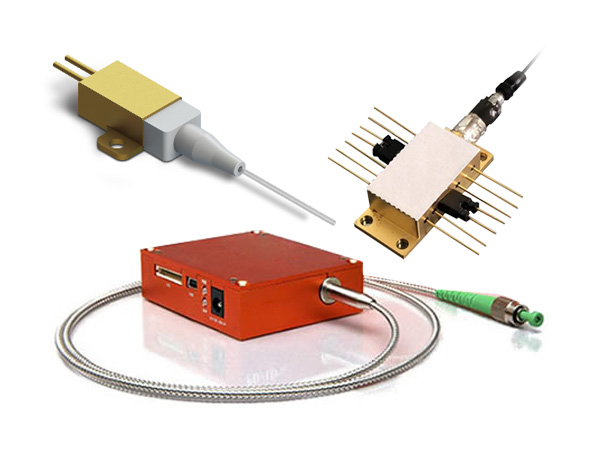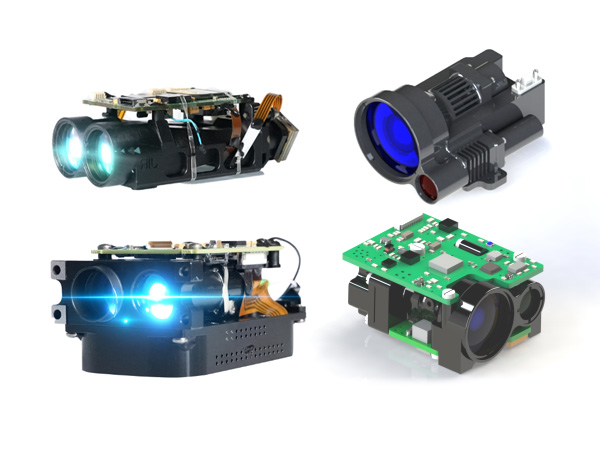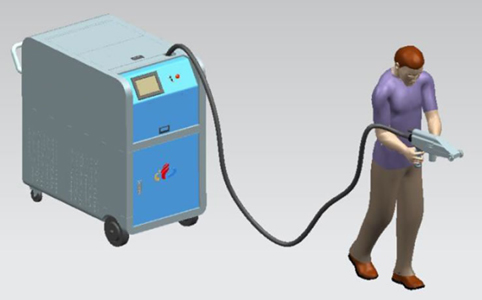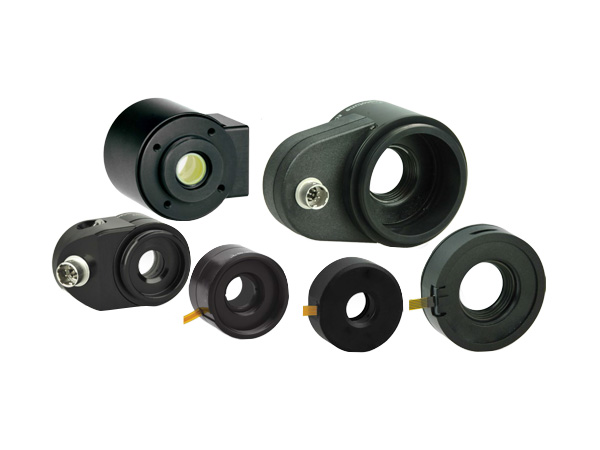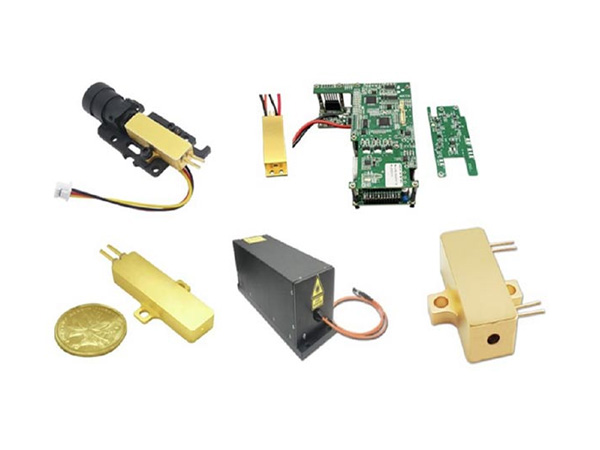Introduction to Fiber Ultrashort Pulse Technology
Ultrashort pulse lasers are characterized by extremely short durations, high peak powers, etc. They can be applied in basic research fields such as the detection of ultrafast physical phenomena and the nonlinear interaction between intense light and matter. Meanwhile, they can also serve as ideal light sources for laser processing, such as the stealth cutting of semiconductor wafers and two-photon 3D printing. Therefore, they have always attracted extensive attention from researchers. Titanium sapphire and Yb: YAG crystals are common materials for generating high-energy ultrashort pulse lasers. Combined with solid-state amplification technologies (such as regenerative amplifiers and multi-pass amplifiers), the single-pulse energy of solid-state lasers can reach the joule level. However, solid-state lasers have a complex structural design, and their light output parameters are easily affected by the vibration of cavity mirrors and temperature drift. Thus, they have high requirements for the working environment. In addition, due to the significant thermal deposition effect of solid-state laser gain crystals, external water cooling equipment is often required, which further limits the application range of the lasers.
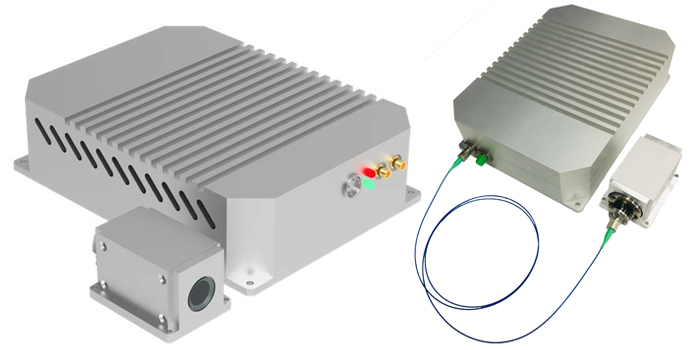
With the development of fiber pumping technology and fiber packaging devices, fiber lasers can reduce or avoid the use of spatial optical structures. Therefore, fiber lasers usually have a relatively compact structure and good environmental stability. Moreover, fiber lasers also have advantages over traditional solid-state lasers in terms of overall construction cost, output beam quality, and pointing stability. At present, continuous and nanosecond fiber lasers have been widely used in the field of industrial laser cutting, while fiber ultrashort pulse lasers have become a research hotspot in recent years.
A fiber ultrashort pulse laser is composed of two parts: a fiber oscillator and a fiber amplifier. Among them, the seed pulse is generated by mode locking in the fiber oscillator. Common mode-locking technologies include nonlinear polarization rotation (NPR), nonlinear amplified loop mirror (NALM), semiconductor saturable absorber mirror (SESAM), etc. The fiber oscillator determines the initial parameters of the seed pulse (such as repetition frequency, spectral width, pulse width, etc.) and has a close impact on the final output parameters of the laser. Therefore, a stable and reliable fiber oscillator is a necessary prerequisite for the construction of a fiber ultrashort pulse laser. Since the average power of the seed pulse directly output from the fiber oscillator is usually only a few milliwatts, which is far from the application level, the pulse needs to be power-amplified. Different from solid-state amplifiers, fiber amplifiers use rare-earth-ion-doped fiber as the gain medium. The pump light and the signal light are transmitted simultaneously in the fiber, which has a high optical-to-optical conversion efficiency and does not require additional cooling measures. At the same time, since the signal light maintains single-mode transmission in the fiber amplifier, the spatial beam emitted from the laser can reach the diffraction limit, that is, the beam quality factor M2 approaches 1.
To achieve high-energy ultrashort pulse output in a fiber amplifier, various factors need to be considered. The amplification effect of the signal light at low power is determined by the amplification efficiency of the gain medium (doped fiber) itself, which can usually be improved by means such as increasing the doping concentration of rare-earth ions in the fiber and adopting double-clad pumping technology. During the amplification of ultrashort pulses, excessive nonlinear effects are generated during the transmission of extremely high peak power (in the MW range) in the fiber, such as self-phase modulation (SPM), stimulated Raman scattering (SRS), etc., will lead to the generation of pulse pedestals and the dispersion of spectral energy, thus reducing the pulse quality. This is another important factor limiting the output power of the fiber amplifier. Common fiber amplification technologies for controlling the nonlinear effects of amplified pulses include self-similar amplification (SSA), chirped pulse amplification (CPA), coherent beam combination (CBC) technology, etc. At the present stage, high-power picosecond ytterbium-doped fiber lasers can already replace Nd3+- or Yb3+-doped solid-state lasers in some application scenarios in the industrial field, such as the cutting of OLED flexible materials and the cutting of high-brittleness silicon carbide substrates. In nonlinear optical fields such as the generation of supercontinuum spectra, biological multiphoton imaging, optical pump-probe, and two-photon laser direct writing, high-energy femtosecond fiber lasers with shorter pulse widths and higher peak powers are more advantageous. By pumping with high-energy lasers with a pulse width of 100 femtoseconds or less, the signal intensity of the multiphoton microscopy imaging system can be significantly increased, and the time resolution of the optical pump-probe system can be improved.
For more information on our fiber laser seed products, please click here.
 English
English Français
Français Deutsch
Deutsch euskara
euskara Русский язык
Русский язык Italiano
Italiano Português
Português Nederlands
Nederlands Polski
Polski Greek
Greek Lietuva
Lietuva Türkçe
Türkçe 日本語
日本語 한어
한어 中文
中文 தாமில்
தாமில் فارسی
فارسی हिंदी
हिंदी Tiếng Việt
Tiếng Việt ภาษาไทย
ภาษาไทย Pilipino
Pilipino Indonesia
Indonesia தாமில்
தாமில்
